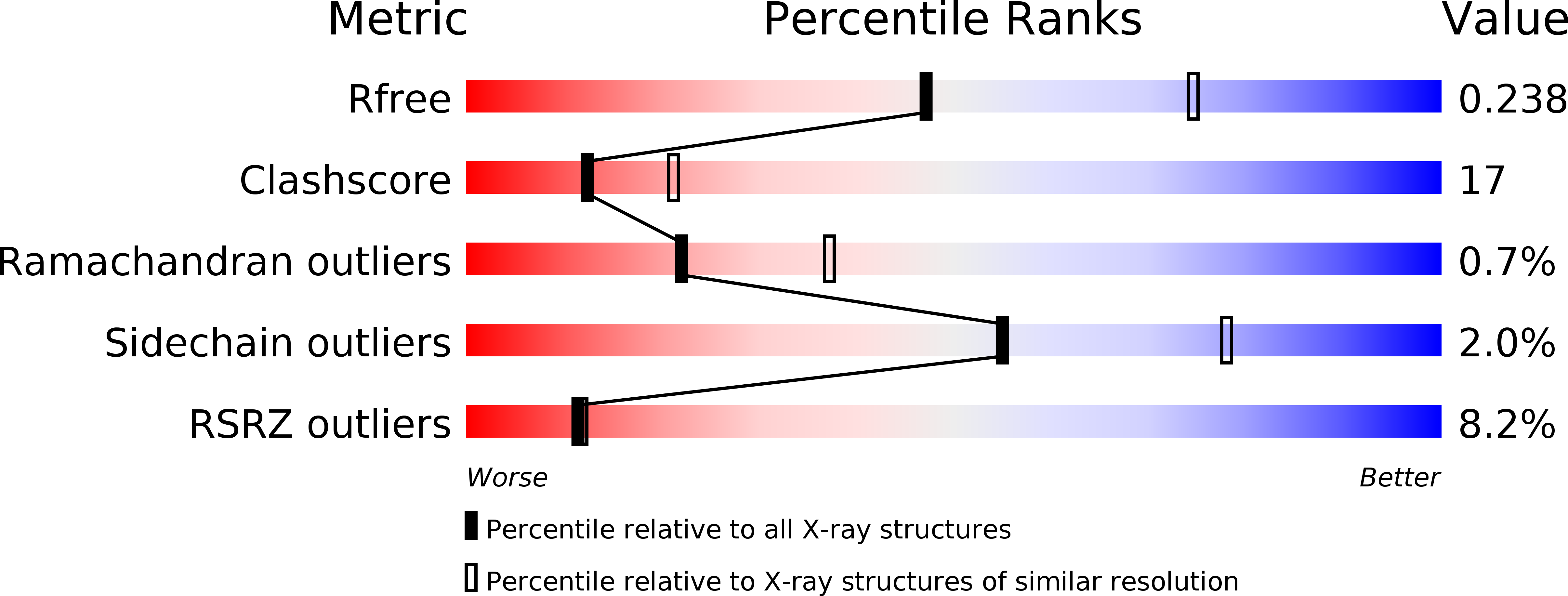
Deposition Date
2018-01-04
Release Date
2018-05-16
Last Version Date
2023-10-04
Entry Detail
Biological Source:
Source Organism:
Arcobacter butzleri (strain RM4018) (Taxon ID: 367737)
Host Organism:
Method Details:
Experimental Method:
Resolution:
2.52 Å
R-Value Free:
0.22
R-Value Work:
0.20
R-Value Observed:
0.20
Space Group:
I 2 2 2


